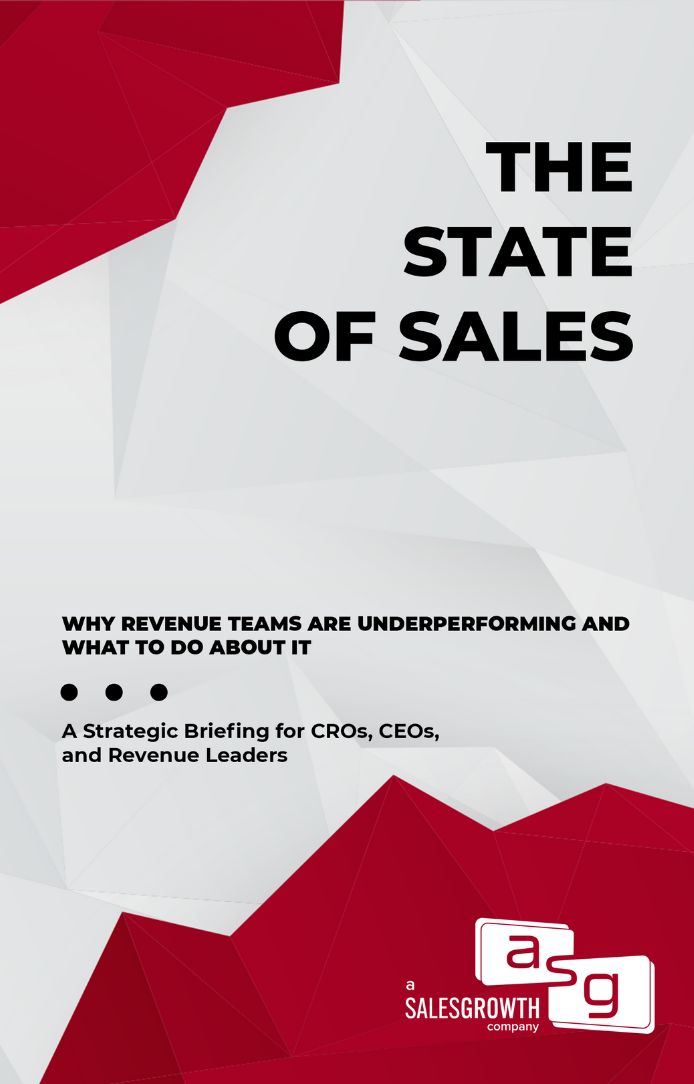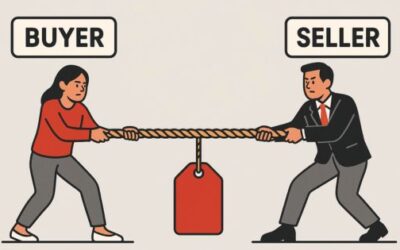I’m going to cut straight to the chase. The absolute worst leadership type – the good person who turns into an asshole as soon as they are promoted to a leadership role. Before you come for me, I know, a lot of people hate the word asshole, but is there a better way to describe them?
Even Dr. Cameron Sepah, a psychiatry professor with degrees from UCLA and Harvard used it this paper a few years back. While not a clinical word, it perfectly represents a specific pattern of behavior we all recognize whether we like the term or not.
While there’s an array of toxic leaders in the world, I want to focus on this particular category because I’m of the opinion that it’s the most common AND most fixable form of awful leadership out there.
The Worst Leadership Type
There’s zero doubt in my mind that everyone has run across this scenario. A high performing colleague, known for there technical skills and likeable personality gets promoted and for whatever reason a couple hours, days, or weeks later it’s like they’ve been body snatched. Their personality does a 180 in the worst way possible.
They start displaying some or all of these:
Severe lack of empathy
They forget their team members are actual human beings with feelings and lives outside of work
Inflated ego
Suddenly, they think they’re God’s gift to the company and their opinion holds more weight than anyone else or it’s the only one that matters.

Get The Comprehensive Breakdown of Why Sales Numbers Keep Falling
Sales numbers keep falling despite record investment. This breakdown exposes the systemic failures driving the decline.
Micromanagement
They breathe down everyone’s necks, refusing to trust their team to do the jobs they were hired to do.
Inconsistency
Their mood and decisions change with the wind. Team members start to become afraid of them and walk on eggshells around them.
Fear-based Decisions
They’re so afraid to fail or being perceived as a failure that they start making choices based on self-preservation rather than what’s best for the team or the company.
The real tragedy of this leadership type is that by all accounts they’re not an inherently bad person. In fact, they’re typically great people, friends, and colleagues before the promotion. Why does this happen?
Unfortunately, this is the result of good people being thrust into a leadership role without the proper skills, training, or mindset. They adopt what they think a leader should be, which is often mimicking the worst traits of the bad leaders they’ve been under in the past.
This leadership type strips a team of their character and devastates once productive teams. On the surface, this results in:
Employees
Morale plummets, stress skyrockets, and talented team members start being distant, polishing resumes, and becoming less active in communication channels.
Organizations
Productivity tanks, innovation dries up, and the company culture starts to sour and become toxic.
The Leader
Ironically, or maybe not that ironically, these leaders often end up stressed, isolated, and unsatisfied wondering why everything seems to be falling apart around them.
I’ve seen this play out countless times. In my network alone an overwhelming majority of my friends are currently working under these toxic leaders. I’ve seen people in great roles or high paying jobs quit the industry entirely to get away from this culture.
Why does this happen? What turns a good person into the worst type of leader?
Creation of Bad Leadership
Before we dive into how this happens, I want to put this one myth to bed. The idea of a “natural-born leader.” Charisma does not equal good leadership and neither does excellent technical skills. Leadership isn’t a quality some are born with. It’s a skill, like any other that can be learned, practiced, and improved upon.
So why do companies keep promoting a certain type of person hoping they’ll become a leader overnight? Because it’s easy. The super charismatic salesperson or the brilliant engineer? It’s super easy to promote them. It makes sense to everyone in the organization. Duh, of course Bill got promoted he’s the most qualified engineer.
This promote and pray strategy is where bad leadership stats. It goes like this:
Star employee
We start with a fantastic individual contributor. They’re great at their job, well liked by their colleagues, and generally seem like a decent human.
The promotion
Management notices their performance, needs to fill a leadership role, decides to make this star a leader. They get the new title, a pay bump, and….absolutely no leadership training.
Panic
Our new leader realizes they have no idea how to lead. They’re responsible for the team’s performance, but they’ve never managed people before. The imposter syndrome starts to build.
Mimicry
In a desperate attempt to appear like a leader, they start mimicking other leaders. Unfortunately, the toxic leadership behaviors are typically the most visible and easiest to mimic.
Transformation
Slowly but surely, our once lovable colleague turns in the worst type of leader. They micromanage, bark orders, and forget how to communicate effectively.
This entire evolution could be avoided if companies were willing to invest in leadership development practices. Companies seem to forget that the skills required to be an effective leader are an entirely different skill set from individual contribution.
Not all players make great leaders. Look at professional sports, there have been some huge successes from former players becoming coaches and there have been some giant flops. There is no doubt they know the game, but do they know how to coach?
Recognizing and Avoiding the Worst Leadership Traits
Hopefully by now you’re recognizing how these transformations happen. Good news, this toxicity isn’t inevitable. With some awareness and effort, it’s avoidable.
For a new leader, self-awareness should be the top priority. Most toxic leaders don’t wake up wondering how they can make their employees lives miserable. They have no idea they’re being toxic. This takes some work but if you’re a leader try to do this on a regular basis:
Self-reflection
Set aside some time each week to think about your leadership decisions and behaviors. Ask yourself: would I want to work for me? Would I want my spouse, friends, or children working for me?
Seek feedback
Ask for advice and hear it. Create an environment where your team feels safe giving honest feedback, and listen to it.
Try personality assessments
They’re not perfect, but tools like Myers-Briggs can give you some insights in your natural tendencies and potential blind spots.
Maintain authenticity in a leadership position
The best way to be a good leader is to be yourself. Authenticity is one of the most powerful traits a human can possess.
Know you values
What do you stand for? What’s important to you? Let these guide your leadership decisions
Be Vulnerable
It’s okay to admit you don’t know something or when you’ve made a mistake. Your team will respect you more for it.
Communicate Openly
No need for corporate doublespeak. Say what you mean, mean what you say.
Stay connected
Don’t isolate yourself in the corner office. Stay in touch with your team and the day to day. There’s a story from the early days of Mark Cuban’s ownership of the Dallas Mavericks. To gain the trust of the sales team, he set up his desk in the middle of the bullpen, grabbed a phone book, and started dialing. Show, don’t tell.
Trust your team
Your team was hired for a reason, let them do their job.
Breaking the cycle
The change from good people to toxic leaders happens, but it is not inevitable. Start recognizing the signs early and taking proactive steps.
- Companies must invest in leadership training, not just promote and pray.
- New leaders should prioritize self-awareness and seek regular feedback.
- Authenticity in leadership is key – be yourself, not a caricature of what you think a leader should be.
- Trust your team, communicate openly, and stay connected to the day-to-day
Great leadership isn’t born. It’s learned, practiced, and constantly built upon. What kind of leader will you be?



0 Comments